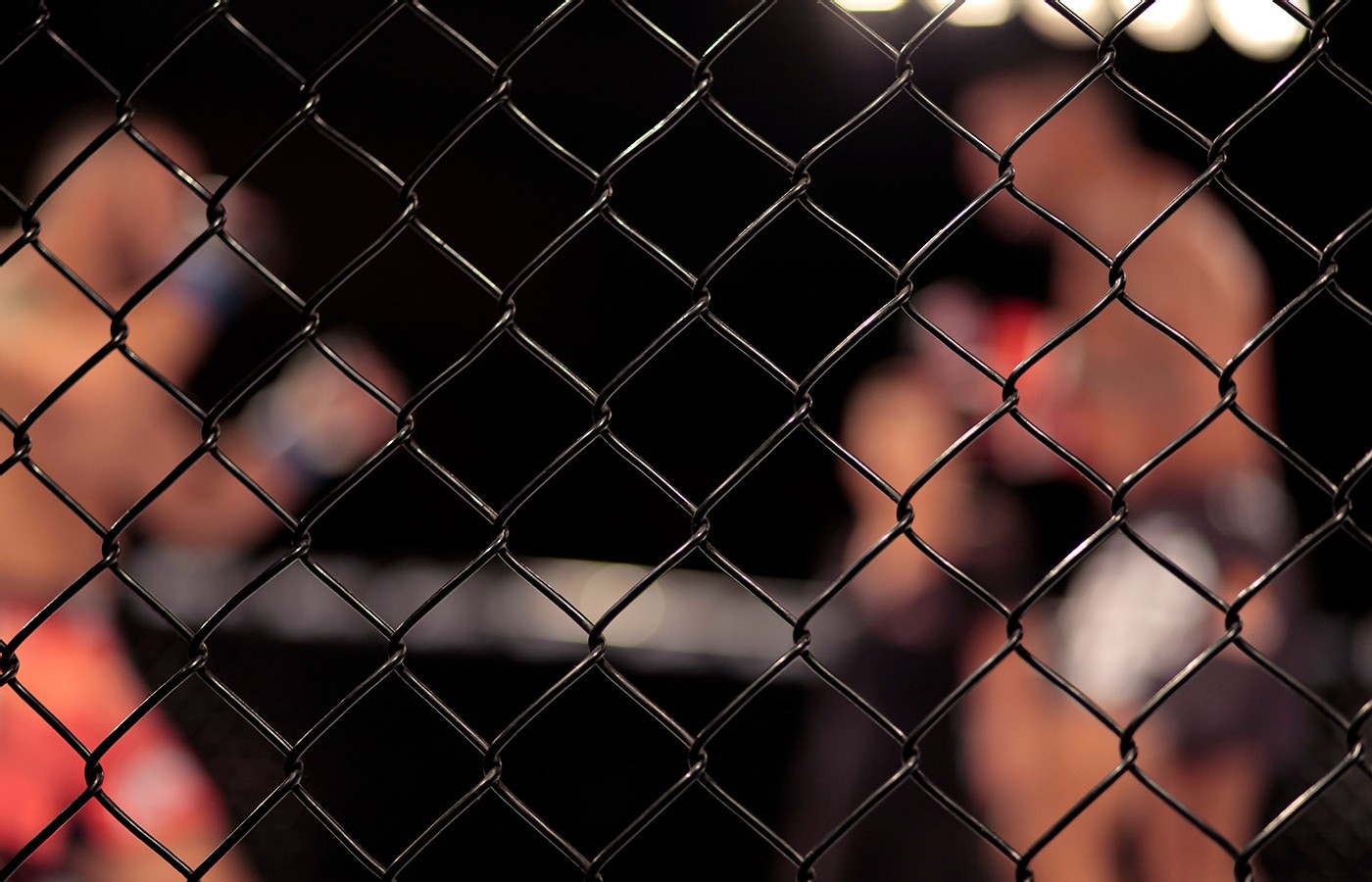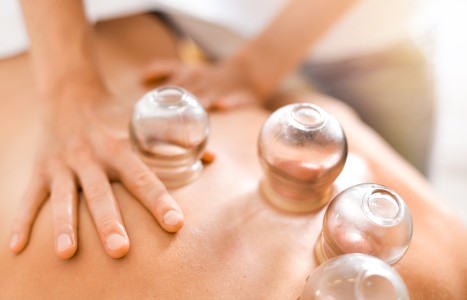Whether you accept it, avoid it or live somewhere in between, insurance coverage has become a defining issue for our profession. Patients increasingly expect to use their benefits, practitioners want to be compensated fairly for their time and expertise, and the system itself remains – at best – fragmented. The encouraging news is that coverage has expanded in meaningful ways. The challenging news is that reimbursement, across the board, remains inadequate.
Acupuncture for High-Impact Sports
- Many high-impact athletes are beginning to incorporate acupuncture to enhance performance, accelerate recovery from workouts and injuries, and even prevent them.
- For high-impact athletes, consistent acupuncture treatment can provide several unique long-term health benefits that combat both cumulative damage and acute injuries, or just help one recuperate from intense exercise.
- High-impact athletes undergo some of the most rigorous training regimens to prepare for competitions, and acupuncture can be integrated into these routines to maximize their effectiveness.
High-impact sports such as boxing, mixed martial arts, football, rugby, and hockey are known for intense physical activity and placing significant stress, and damage, on the body. High-impact athletes push their bodies to the limit, frequently facing the risk of injuries; and the challenge of recovering effectively between workouts, matches or games.
As a result, these athletes must keep their health at the forefront of their training regimen, as maintaining peak physical condition is both more difficult and critical for success given that injury is an inherent part of these sports.
Traditionally, these athletes relied mainly on strength training, cardiovascular workouts and physical therapy to maintain their health; however many high-impact athletes are beginning to incorporate acupuncture into their routines to enhance performance, accelerate recovery from workouts and injuries, and even prevent them.
How Does Acupuncture Enhance Performance for High-Impact Athletes?
One of the key benefits of acupuncture for any athlete, high-impact especially, is its ability to enhance performance. Explosive force, the sudden bursts of power and speed essential in high-impact sports, can be significantly improved through acupuncture.
Studies have shown that acupuncture can enhance muscle activation and improve the body’s ability to generate explosive power by targeting specific acupuncture points near joints such as the shoulder or elbow.1 It does so by increasing the amount of carnitine, a chemical stored in our skeletal muscles which helps turn fat cells into energy. This not only enhances explosive force and speed in muscles, but also decreases the rate of muscular fatigue.1-2
It has also been shown that acupuncture increases the total amount of activated myosin adenosine triphosphate, and the rate of adenosine triphosphate release. Myosin is a protein that converts energy in the form of adenosine triphosphate, energy at the cellular level, into mechanical energy, thereby generating enhanced force and movement.1,4 For high-impact athletes, this translates to stronger and faster punches, tackles, kicks, serves, shots, and more.
Another critical aspect of high-impact performance is one’s mental state. The pressure to perform can lead to heightened levels of anxiety and stress, negatively impacting an athlete’s performance in a multitude of ways, from causing distraction to lowering confidence.
Acupuncture has been proven to positively impact mental health in a number of ways. For one, it reduces anxiety by regulating the autonomic nervous system, calming the body and mind by increasing blood flow, encouraging muscular relaxation and reducing pain and inflammation throughout the body via the release of endogenous endorphins, serotonin, opioids and more. This in turn decreases the sympathetic nervous system’s activity (the “fight or flight” system), while increasing the parasympathetic activity (the “rest and digest” system).6
Another way acupuncture aids in balancing mental health is by modulating the levels gamma-aminobutyric acid (GABA), which has a calming effect on the nervous system. Acupuncture also regulates the production of glutamate, a neurotransmitter which can influence anxiety and depression when unbalanced.5
Electroacupuncture for High-Impact Performance and Recovery
Electroacupuncture, a modern evolution of traditional acupuncture, also offers unique benefits to athletes who participate in high-impact sports. By incorporating a mild electrical current to acupuncture needles, the practice leads to an amplified therapeutic effect, allowing for greater recruitment of muscle fibers. This directly translates to greater strength and explosive force.
The mechanism at play which allows electroacupuncture to achieve these results lies in its ability to target the central and peripheral nervous system, restoring function at the motor point (the location where the nerve and muscle communicate) of each muscle.
The electrical stimulation also further increases the release of endorphins and endogenous opioids, which can provide more powerful, immediate relief from physical strain and injuries. Even better, it has also been shown to reduce delayed onset muscle soreness (also known as DOMS) by improving blood circulation and promoting faster removal of metabolic waste from muscles.
How Does Acupuncture Help Prepare the Body for Bouts and Matches?
High-impact athletes undergo some of the most rigorous training regimens to prepare for competitions, and acupuncture can be integrated into these routines to maximize their effectiveness.
Mobility and range of motion are vital for preventing injuries and enhancing performance in any sport, especially so in high-impact sports. By naturally increasing the amount of inflammation-reducing cytokines and endorphins in the body, acupuncture can reduce tension and promote relaxation throughout the myofascial system (myo being the muscles; fascia a thin membrane of fibrous connective tissue which lies between our skin, muscles and organs).9
This helps muscles to be loose and limber, improving muscle and joint flexibility by reducing tension, inflammation and physical stress. This increased flexibility allows athletes to perform movements with greater ease and mechanical efficiency, reducing the risk of injuries and enhancing overall performance.7
Acupuncture can also release trigger points – knots in muscles where the fibers have become taut and tight, restoring proper function, and increasing strength and range of motion.8
Good circulation is another essential factor for optimal athletic performance. It ensures muscles receive the necessary oxygen and nutrients while removing metabolic waste products. Acupuncture promotes blood flow, enhancing circulation and ensuring that muscles are well-nourished and capable of performing at their best. This improved circulation also aids in quicker recovery after intense training sessions or competitions.9
As mentioned, an athlete’s mental state is also a huge component to their game, and many high-impact athletes have begun seeking acupuncture to prepare both the night before and day of big events to hone their focus, calm their anxiety and boost their confidence.
Routine Acupuncture for High-Impact Sports and Athletes
High-impact sports can lead to both serious injuries that have lasting ramifications and cumulative damage to the body over time that can even have effects similar to acute injuries. For high-impact athletes, consistent acupuncture treatment cannot be overlooked, as it can provide several unique long-term health benefits that combat both cumulative damage and acute injuries, or just help one recuperate from intense exercise.
This can help high-impact athletes maintain their health against an onslaught of damage, allowing them to perform at their best for longer periods, extending their careers.
Routine acupuncture has been proven to alter the way in which our brain processes and experiences pain through neuroplasticity, more specifically by altering the way the hypothalamus and amygdala respond to pain, lessening its impact.11 This in turn allows the body to focus on healing and recuperating as routine acupuncture helps the amygdala return to a natural baseline, reducing perceived pain and emotional distress, and the hypothalamus become more reactive, expediting physical pain and inflammation reduction.
Over time, this can cause a habituation effect which further enhances acupuncture’s impact on neuroplasticity, encouraging continued relief and healing between sessions.12
A Success Story: Tom Brady’s 2018 Injury
In 2018, when the New England Patriots entered the NFL postseason, an incident occurred with star quarterback Tom Brady during practice where he sliced his thumb and palm open after getting it snagged on a fellow player’s helmet. The injury was bad, deeper than the team revealed at the time, and due to the critical timing of the postseason Brady knew he had to act fast.
Brady immediately began a regimen that involved stitches, massage and most notably, acupuncture. Having always been a proponent of acupuncture and traditional Chinese medicine, Brady was quick to apply the practice to his injury.
Within five days he was back on the field to meet the Jacksonville Jaguars for a playoff game and led the Patriots to victory. Brady credits much of his success, and this particular incident’s expedited recovery, to acupuncture.
References
- Wang I-L, et al. Effect of acupuncture on the timeliness of explosive forces generated by the male shoulder joint. Evid-Based Compl Alt Med, 2021 March;2021:1-9.
- Toda S. Effect of acupuncture on carnitine for skeletal muscle fatigue. Chinese Med, 2012;3(1):9-12.
- Wang I-L, et al. Effects of acupuncture on explosive force production by the healthy female shoulder joint. Evid-Based Compl Alt Med, 2020 December;2020:1-7.
- Cooper GM. Actin, Myosin, and Cell Movement. In: The Cell: A Molecular Approach. 2nd Edition, 2000.
- Mawla I, et al. Greater somatosensory afference with acupuncture increases primary somatosensory connectivity and alleviates fibromyalgia pain via insular γ‐aminobutyric acid: a randomized neuroimaging trial. Arthr Rheumatol, 2021 May;73(7):1318-1328.
- Li Q-Q, et al. Acupuncture effect and central autonomic regulation. Evidence-Based Compl Alt Med, 2013;2013.
- Schleip R, et al. Fascia is able to actively contract and may thereby influence musculoskeletal dynamics: a histochemical and mechanographic investigation. Front Physiol, 2019 April;10.
- Dunning J, et al. Dry needling: a literature review with implications for clinical practice guidelines. Phys Ther Rev, 2014 Feb;19(4):252-265.
- Zhang R, et al. Mechanisms of acupuncture–electroacupuncture on persistent pain. Anesthesiol, 2014 Feb;120(2):482-503.
- Park SI, et al. Therapeutic effects of acupuncture through enhancement of functional angiogenesis and granulogenesis in rat wound healing. Evid-Based Compl Alt Med, 2012 December;2012:e464586,
- Napadow V, et al. Hypothalamus and amygdala response to acupuncture stimuli in carpal tunnel syndrome. Pain, 2007 August;130(3):254-266.
- Li C, et al. Prolonged repeated acupuncture stimulation induces habituation effects in pain-related brain areas: an FMRI study. PLoS ONE, 2014 May;9(5):12.



